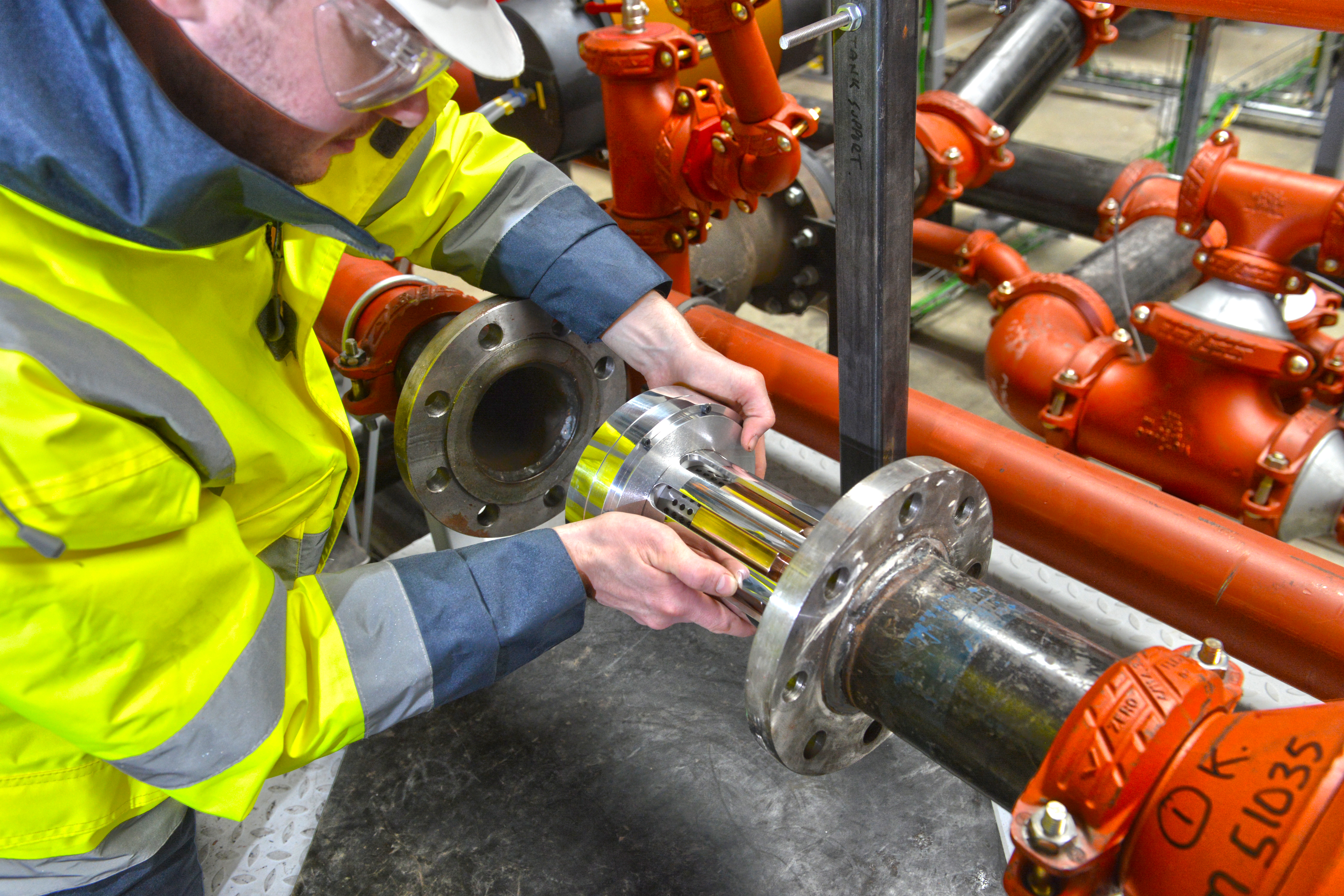Viewpoint
 Large companies often have limited ability to innovate, but small companies can help while also reducing the often inherent risk, explains Neil Poxon of Oxford Flow
Large companies often have limited ability to innovate, but small companies can help while also reducing the often inherent risk, explains Neil Poxon of Oxford Flow
‘Co-creation’. It’s a trendy-sounding name for an easy-to-understand concept. Big companies buying in the talent of smaller companies to help them develop new, innovative solutions to their most pressing challenges.
But why, with all the capital and resources they have at their disposal, would a larger company require the services of a smaller operation? The reason is that a company’s ability to innovate is often inverse to its size.
The causes of this are myriad. Inevitably, as companies grow, a certain homogeneity sets in. The like-minded cluster together and an almost unavoidable narrowing of focus takes place. In addition, of course, larger companies will generally be more engaged in the day-to-day delivery of services. Developing and testing new ways to make things work better can often take a back seat when you need to maintain the status quo in order to keep customers and shareholders happy.

This is especially the case in, for example, the utilities industry. There, there is undoubtedly scope for doing things differently, but unfortunately no culture of innovation. Currently, the technology used in the sector satisfies most of the demands made of it, so why rock the boat? And of course, with profit margins to maintain, shareholders to satisfy and the threat of hugely damaging negative PR when things go wrong, larger companies inevitably seek to minimise risk. And in industry, there can be few things more risky than trying out new ideas.
Start-ups, of course, operate completely differently. Rather than trying to find ways to innovate, they often owe their existence to innovation. Idea first, company later. And good enough is rarely good enough when you’re trying to get buy-in on an entirely new product. It needs to be excellent.
Indeed, the business of which I am CEO, Oxford Flow, owes its existence to an unexpected innovation which was then nurtured by entrepreneurial verve. Our device — the Oxford Flow Pressure Regulating Valve (PRV) — has its origins in the aerospace industry. Our technical director, Professor Thomas Povey, was carrying out research into heat transfer in jet engine turbines and found that the PRVs currently on the market weren’t able to withstand the very high pressures he was using in the course of his experiments. Undeterred, he used this as the catalyst for his own research and Oxford’s Flow’s unique method of pressure regulation — which uses a piston rather than a diaphragm as in Bryan Donkin’s model — was developed.
While, of course, we sell a product that many utilities companies can benefit from, we have from the outset sought to build relationships with larger companies which surpass the merely transactional and move into co-creation.
This is because we recognise that the scope for innovation in a typical business goes way beyond what the outsider can see, and the insiders are often too enmeshed in the day-to-day operations to address it or even imagine that it can be addressed. This is where companies like ours — the inventors, the innovators — come in.
We’re already working with a number of companies to create bespoke solutions to particular problems. For example, we worked with Veolia, a leading environmental solutions provider, to develop and install a more mobile and accurate solution for a hydrant pressure reducing valve. Internationally, we’ve also just a signed a deal in the United Arab Emirates in which we will not only supply the Sharjah Electricity and Water Authority (SEWA) with our valves, but also work specifically with its gas distribution business on a 'pressure reducing station of the future' project, which will explore how improved technologies can help drive efficiencies across the sector.
Working from Oxford University’s Osney Thermo-Fluids laboratory and with access to state-of-the-art equipment such as the university’s supercomputer, we are working with sector leaders and devising engineering solutions to some of industry’s most pressing problems — helping big business continue to innovate, without the unacceptable risk. And undoubtedly, both parties benefit.
Neil Poxon is chief executive of Oxford Flow




Red Bull makes hydrogen fuel cell play with AVL
Formula 1 is an anachronistic anomaly where its only cutting edge is in engine development. The rules prohibit any real innovation and there would be...